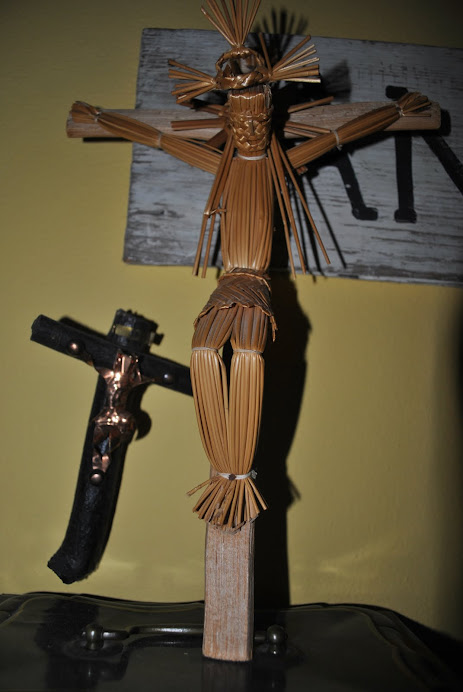I was interviewing a couple who were living in an 1800s colonial townhouse in a town called Wilton and saw these huge pottery dogs sitting on an antique drop-leaf table. I asked the owner about them, and she told me they were Staffordshire Romantic Staffordshire Ceramics (Schiffer Book for Collectors)
The Staffordshire Potteries began making statues of the esteemed royal dog when they began producing ceramics in the 17th century due to the availability of local clay, salt, lead and coal.
Staffordshire is actually a generic name for an industrial area that included the towns of Tunstall, Burslem, Hanley, Stoke, Fenton and Longton, in the area of Staffordshire, England. Hundreds of potteries were in operation during the 1600s through the 1900s, producing everything from dinnerware to the toby jugs and figural spill vases that became the hallmark of the Staffordshire potteries.
Some pieces were marked with the name of the pottery. Others were unmarked but the style defines them as Staffordshire. The intricacy of the design of the spill vases, the bawdy humor of the toby jugsA Century of Royal Doulton Character & Toby Jugs
There are Staffordshire potteries still producing dinnerware, collectible figures and toby jugs and mugs today. Some are pretty pricey, too.
But, if you know what you’re looking for, and you search thrift shops, yard sales and estate sales, you can find bargains out there.
I can’t resist those mantle dogs I first saw more than 20 years ago in Wilton, N.H., and have been collecting them ever since when I’ve found them for an affordable price. I have both original and reproduction pieces that I display throughout my home. I’ve also managed to pick up a fair share of spill vases and toby jugs when I could find them for reasonable prices. I love the charming scenes played out on the spill vases, and the colors go well with my collection of antique majolica.The Collector's Encyclopedia of Majolica
I don’t pass up pieces with chips or cracks if I can get them cheaply enough. I become quite an expert at repairing ceramics and pottery. I fill in the chipped area with spackle that you’d use to repair walls and let it dry overnight. Then I use a battery-operated manicure Nail Care Plus Personal Manicure/Pedicure Set







